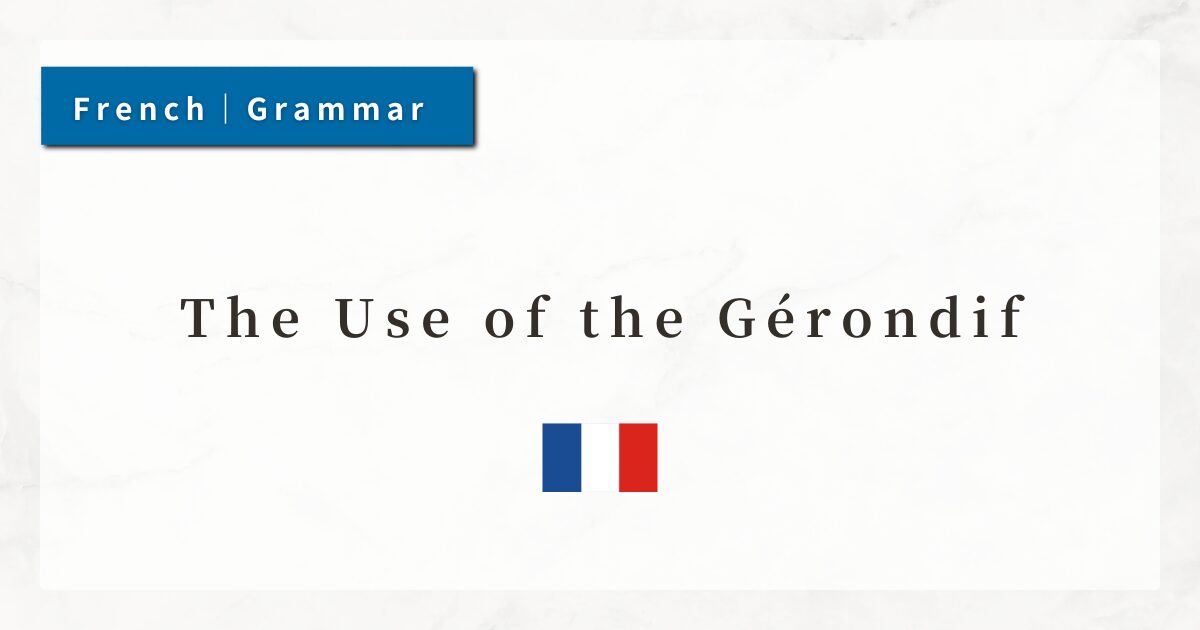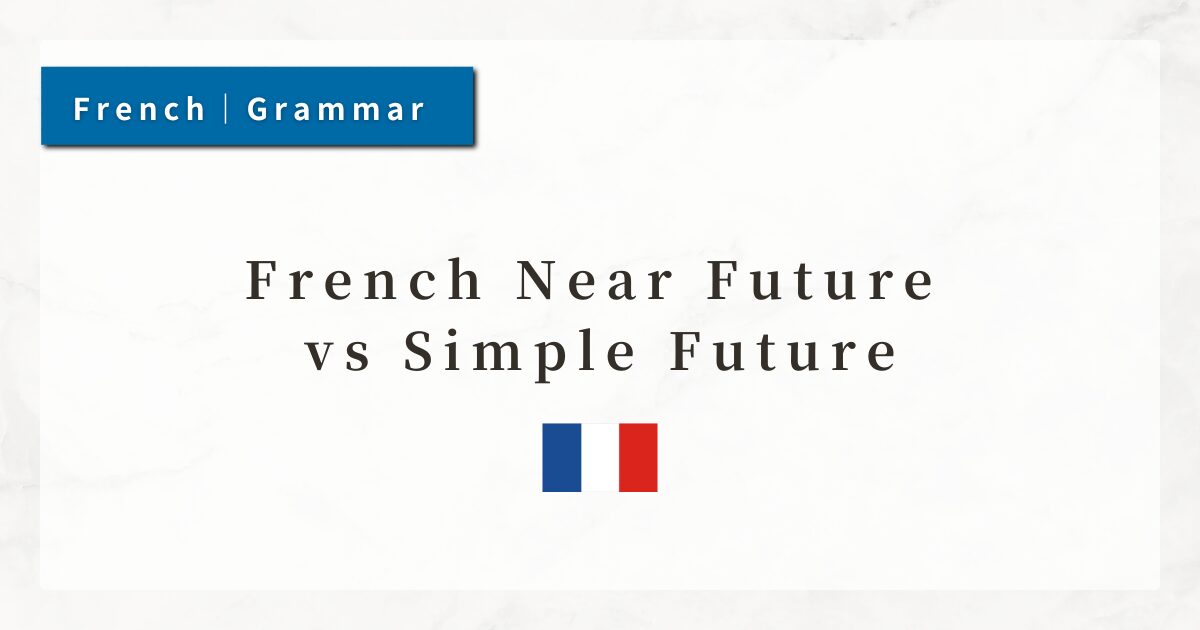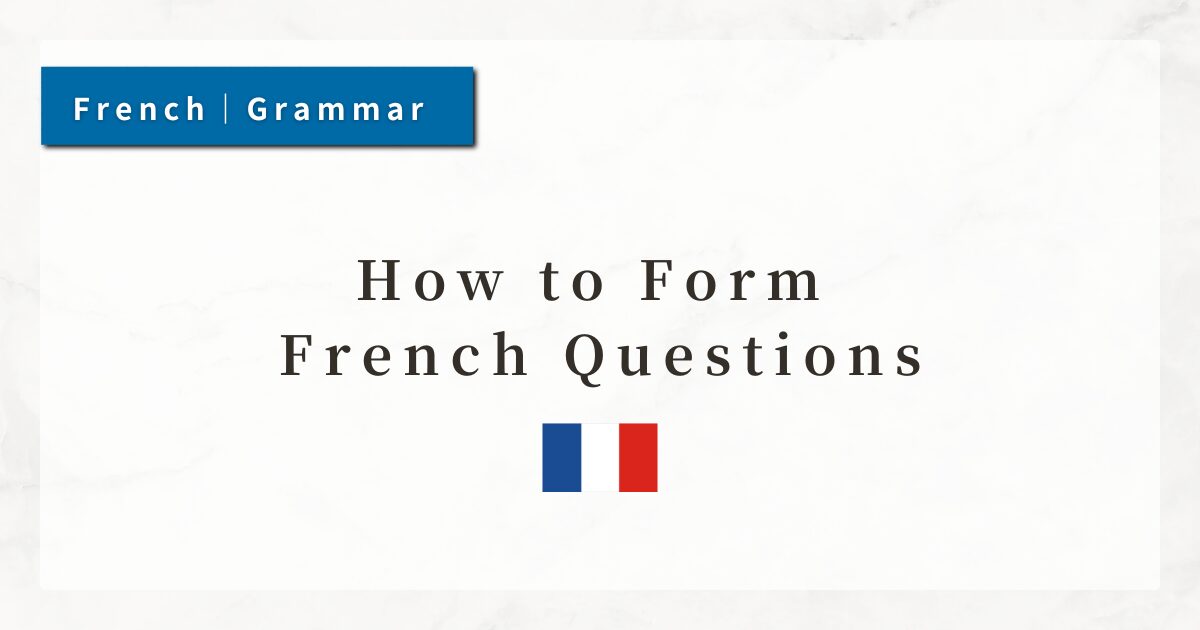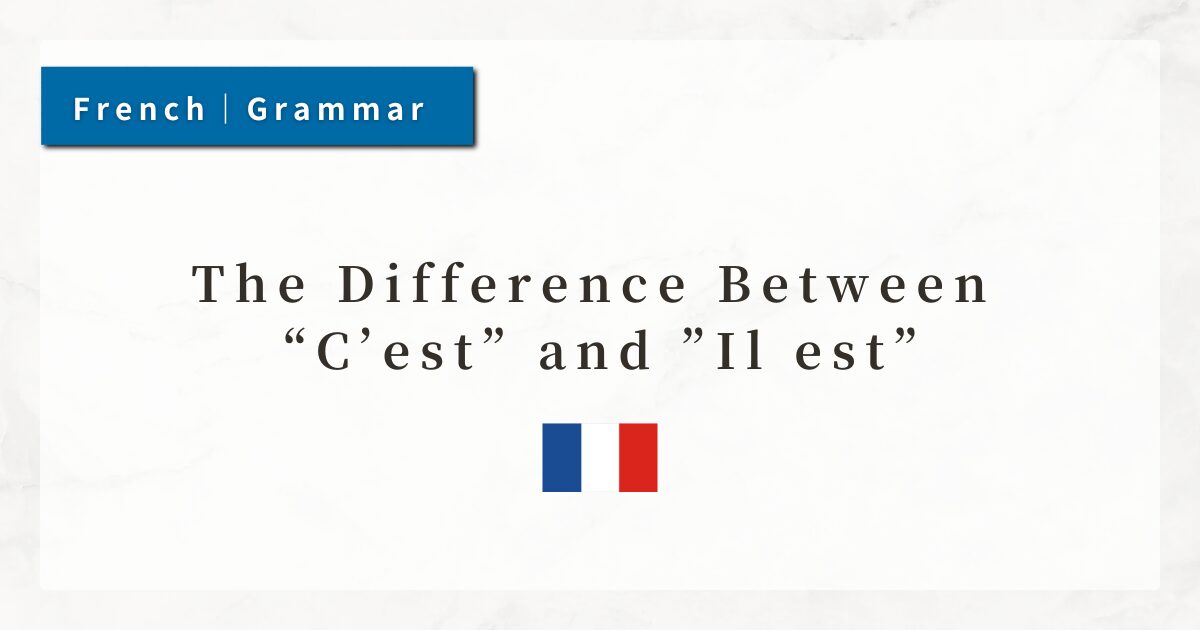#2 French Word Order and Sentence Structure | Basic Rules with Examples
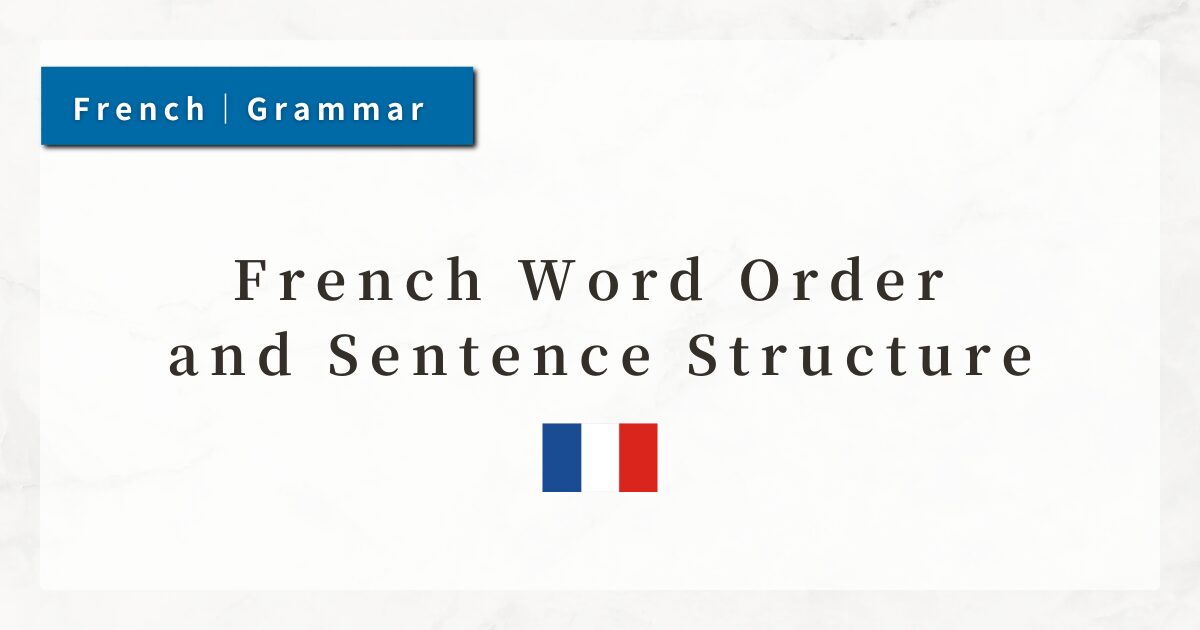
The basic word order in French is Subject (S) + Verb (V) + Object (O).
In practice, however, sentences can become slightly more complex when there are multiple objects or when complements are added.
In this lesson, I will focus on SVO and introduce six common word order patterns in French, aiming to understand each structure correctly.
1. The Basics of French Word Order
In French grammar, word order is a crucial element. Especially in beginner–intermediate sentences, word order directly affects meaning and grammatical accuracy.
In Japanese, the meaning of a sentence remains clear even if the word order changes.
This is because particles indicate the subject and object, giving Japanese great flexibility in word order.
In contrast, French does not use particles, so word order plays a much greater role. The placement of the subject, verb, and object determines both the meaning and the grammatical correctness of a sentence.
Like English, French follows an SVO structure (Subject + Verb + Object) as its basic pattern. This makes it relatively intuitive for learners who are already familiar with English.
However, French also has unique word order patterns that differ from English, so it is important to learn them properly.
2. The Six Basic Word Order Patterns
| Pattern | French Sentence | Explanation |
|---|---|---|
| 1. SVO | Je mange une pomme. | The most basic order: Subject (S) + Verb (V) + Object (O). |
| 2. SV | Il court. | A simple sentence with only a verb and no other elements. |
| 3. SVOO (Direct + Indirect Object) | Elle donne un livre à son frère. | Verbs like “give” or “send” that take two objects. |
| 4. SVOC (with Complement) | Nous trouvons ce film intéressant. | Structure where O and C are in an equal relationship. |
| 5. SV + Adverbial Phrase | Tu parles bien français. | Adverbial phrase modifying the verb. |
| 6. SVO + Prepositional Phrase | Ils jouent au foot dans le parc. | Prepositional phrase showing place, means, etc., added at the end. |
2-1. The “Basic Form” of a French Sentence is SVO
n French, the most fundamental structure is SVO: Subject → Verb → Object.
- Je regarde un film. (I watch a movie.)
Here, “Je” = subject, “regarde” = verb, “un film” = object. The order is essential.
2-2. SV Structure: Expressing Only the Action
Intransitive verbs, which do not require an object, form complete sentences with only SV.
- Il dort. (He is sleeping.)
Even in such sentences, the subject cannot be omitted; it is grammatically mandatory.
2-3. SVOO: Sentences with Two Objects
Some verbs (donner, envoyer, montrer, etc.) require both a direct and an indirect object, expressing “to whom” and “what” at the same time.
- Je montre le livre à Marie. (I show the book to Marie.)
Misplacing either object can change the meaning, so position is important.
2-4. SVOC: Sentences with Object + Complement
SVOC describes a sentence where the object and the complement are in an equal relationship.
- Je trouve ce plat délicieux. (I think this dish is delicious.)
Here, “ce plat” (this dish) = “délicieux” (delicious).
2-5. Adverbial and Prepositional Phrases
Adverbial phrases (bien, mal, souvent, etc.) and prepositional phrases (dans le parc, avec mon ami, etc.) can be added relatively freely, but they are usually placed at the end of the sentence.
Adverbial phrases are most naturally placed directly after the verb.
- Elle parle bien français. (She speaks French well.)
3. Summary
- French sentences follow six basic word order patterns.
- The core pattern is SVO; subjects cannot be omitted.
- Depending on the verb, the structure may be SV (intransitive), SVOO (two objects), or SVOC (with complement).
- The placement of adverbs and prepositional phrases affects meaning, so correct positioning is important.

